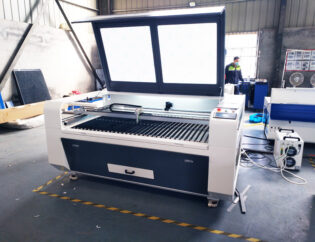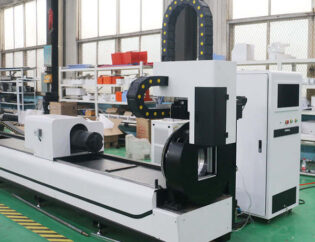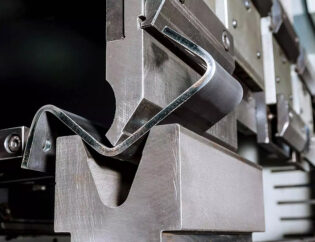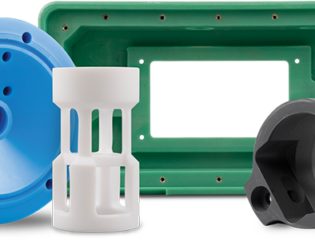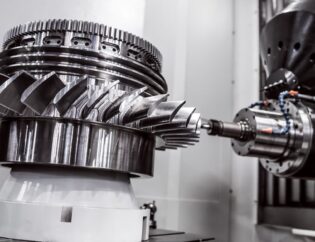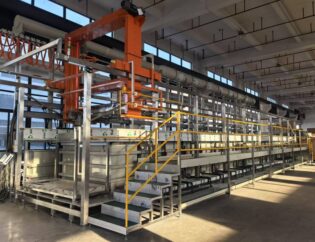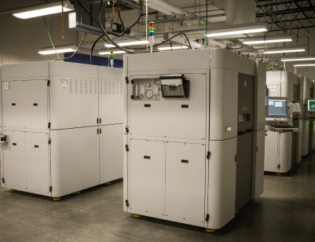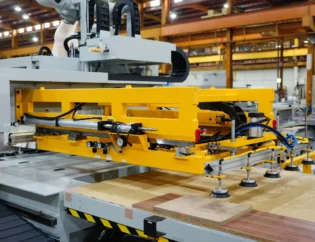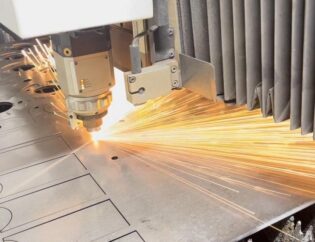Injection moulded plastic parts play a crucial role in modern manufacturing, serving a wide array of industries from automotive to consumer goods. This guide delves into the intricacies of the injection moulding process, highlighting its efficiency, versatility, and cost-effectiveness. Understanding these components is essential for engineers, designers, and manufacturers aiming to optimize production and enhance product quality.
Readers can expect to learn about the various types of plastics used, the design considerations for moulded parts, and the latest advancements in injection moulding technology. We will explore the entire lifecycle of injection moulded parts, from material selection to post-processing techniques. This comprehensive overview will equip you with the knowledge to make informed decisions in your projects.
Additionally, the guide will address common challenges faced in the injection moulding process and provide practical solutions to overcome them. By the end of this guide, you will have a solid understanding of how to leverage injection moulded plastic parts effectively, ensuring your products meet both performance and aesthetic standards.
Understanding Injection Molded Parts: A Comprehensive Guide
Injection molding is a widely used industrial manufacturing process that involves creating parts by injecting molten material into an injection mold. This technique is particularly effective for producing high-precision and complex plastic parts, which are commonly referred to as injection molded parts. In this article, we’ll delve into the different types of molded parts, with a focus on plastic molded parts and the benefits of plastic injection molded parts.
Technical Features of Injection Molding
Injection molding is characterized by several technical features that enhance its efficiency and effectiveness in producing plastic parts. Below is a comparison table highlighting these features:
| Feature | Description |
|---|---|
| Material Versatility | Can use a wide range of thermoplastics and thermosets for various applications. |
| Precision | High accuracy with tolerances as tight as +/- 0.001 inches. |
| Production Speed | Capable of producing thousands of parts per hour, depending on the complexity. |
| Complex Geometries | Ability to create intricate designs that are difficult to achieve with other methods. |
| Reduced Waste | Efficient material usage minimizes waste, with excess material often recycled. |
| Cost-Effectiveness | Economical for large production runs due to low cost per part. |
Types of Injection Molding
There are various types of injection molding processes, each suited for specific applications and materials. The following table outlines the different types and their characteristics:
| Type | Description |
|---|---|
| Standard Injection Molding | The most common method, ideal for high-volume production of simple parts. |
| Overmolding | Involves molding a second material over an existing part to enhance functionality. |
| Insert Molding | Integrates metal or other materials into the plastic part during the molding process. |
| Gas-Assisted Injection Molding | Uses gas to create hollow sections in parts, reducing weight and material usage. |
| Micro Injection Molding | Designed for producing very small parts with high precision. |
| Multi-Shot Injection Molding | Allows for multiple materials to be injected in a single cycle for complex parts. |
Advantages of Plastic Injection Molded Parts
Plastic injection molded parts offer numerous advantages that make them a preferred choice in various industries. These include:
– Precision and Consistency: The injection molding process ensures that each part produced is uniform, which is crucial for applications requiring tight tolerances.
– Complex Geometries: The ability to produce intricate shapes and details makes injection molding suitable for a wide range of applications, from automotive to consumer electronics.
– Efficiency and Cost-Effectiveness: Once the mold is created, the process can produce a large number of parts quickly, making it cost-effective for high-volume production.
– Material Versatility: A variety of plastic materials can be used, allowing for customization based on required properties such as strength and flexibility.
– Reduced Waste: The efficiency of the process minimizes material waste, and excess material can often be reprocessed and reused.
Applications of Plastic Injection Molded Parts
Plastic injection molded parts are utilized across various industries due to their versatility and reliability. Common applications include:
– Automotive Industry: Parts such as dashboards, trim components, and housings are often made using injection molding.
– Consumer Electronics: Enclosures, buttons, and connectors for electronic devices are produced with high precision using plastic injection molding.
– Medical Devices: Components for medical equipment and disposable items like syringes and inhalers benefit from the process’s precision and cleanliness.
– Household Products: Everyday items like kitchen utensils, toys, and storage containers are commonly made from plastic injection molded parts.
Conclusion
Injection molded parts, particularly plastic molded parts, play a crucial role in modern industrial manufacturing. The plastic injection molding process offers numerous advantages, including precision, efficiency, and material versatility. Whether used in automotive, electronics, medical devices, or household products, plastic injection molded parts provide reliable performance and consistent quality. Understanding the capabilities and benefits of this process can help businesses and designers make informed decisions for their manufacturing needs.
FAQs
What is injection molding?
Injection molding is a manufacturing process that involves injecting molten material into a mold to create parts. It is widely used for producing plastic components with high precision.
What are the advantages of using injection molded parts?
Injection molded parts offer advantages such as high precision, the ability to create complex geometries, efficiency in production, material versatility, and reduced waste.
What types of materials can be used in injection molding?
A wide range of thermoplastics and thermosets can be used in injection molding, allowing for customization based on the required properties of the final product.
How does the injection molding process work?
The process involves melting plastic pellets, injecting the molten material into a mold, allowing it to cool and solidify, and then ejecting the finished part.
What industries commonly use injection molded parts?
Injection molded parts are used in various industries, including automotive, consumer electronics, medical devices, and household products.
For more information on injection molding services, you can visit Protolabs, Plastic Parts Inc., Premium Parts, PTMS Mold, and Plastic Parts USA.

